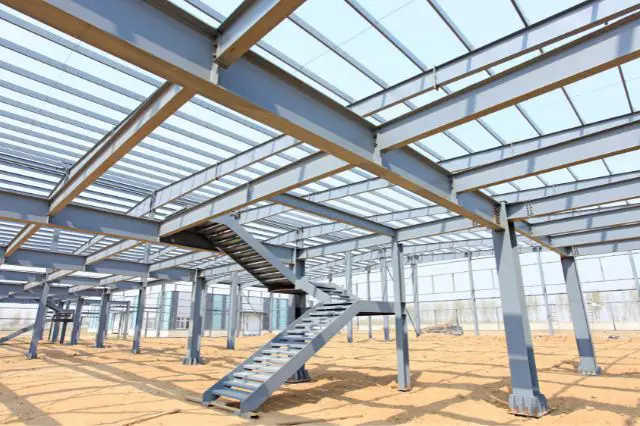Introduction
Warehouse metal buildings have evolved significantly with the advent of steel structures, revolutionizing the storage and logistics landscape.
Warehouse buildings have emerged as a cornerstone in modern warehouse design, offering unparalleled advantages that redefine the future of warehousing.
Exploring steel structures’ innovative features and transformative potential unveils the trajectory toward more efficient, durable, and versatile warehouse solutions.
Durability and Structural Integrity
The enduring advantage of steel structures lies in their exceptional durability and structural integrity. Steel, known for its robustness, offers warehouses unparalleled protection against environmental elements and structural degradation.
These buildings withstand adverse weather conditions, ensuring the safety and security of stored goods. The durability of steel structures translates into long-term cost savings, reduced maintenance needs, and a reliable storage infrastructure that endures over time.
Efficiency in Construction and Rapid Deployment
Steel structures streamline warehouse construction processes, leading to rapid deployment and operational efficiency. Prefabricated components and advanced construction techniques significantly reduce building time compared to traditional methods. This efficiency accelerates the establishment of storage facilities, minimizes labor costs, expedites operational readiness, and enables businesses to swiftly adapt to changing storage demands.
Customization and Adaptability
The adaptability and customization options offered by steel structures redefine warehouse design possibilities. These buildings can be tailored to meet specific storage needs, accommodating diverse layouts, heights, and additional features such as mezzanines or specialized storage compartments.
The versatility allows warehouses to optimize storage space, streamline inventory management, and adapt swiftly to evolving logistical requirements without compromising structural integrity.
Sustainability and Eco-Friendly Practices
Steel structures align with sustainability goals, incorporating eco-friendly materials and construction practices. These buildings are recyclable, reducing environmental impact and waste during the construction and demolition phases. Additionally, steel’s durability reduces the need for frequent replacements, contributing to sustainable infrastructure by minimizing resource consumption and environmental footprint over the building’s lifecycle.
Technological Integration for Enhanced Efficiency
The future of warehouse steel buildings lies in technological integration, enhancing operational efficiency and logistics management. Smart technologies, such as IoT sensors, automated systems, and data analytics, optimize warehouse operations. These innovations improve inventory management, streamline workflows, and maximize space utilization, transforming steel warehouses into intelligent, interconnected hubs for efficient storage and distribution.
Innovative Design for Enhanced Functionality
Integrating innovative design elements within warehouse steel buildings enhances functionality and operational efficiency. These structures incorporate state-of-the-art features such as clear-span designs, maximizing usable space without internal columns.
Additionally, high ceilings allow vertical storage solutions, optimizing storage capacity and facilitating easy movement of goods. The design innovation offers enhanced functionality and ensures adaptability to diverse storage needs, making steel warehouses versatile and future-ready for evolving logistics demands.
Conclusion
In conclusion, the evolution and innovation of steel structures shape the future of warehouse buildings. The durability, efficiency in construction, customization possibilities, sustainability, and integration of advanced technologies position steel buildings as the backbone of modern warehousing. Embracing steel structures in warehouse design ensures robust and adaptable storage solutions.
It paves the way for more efficient, eco-friendly, and technologically advanced storage facilities, heralding a new era in warehousing. Warehouse steel buildings, driven by durability, efficiency, adaptability, sustainability, and technological integration, stand as a transformative force, reshaping the landscape of modern warehousing for a more efficient and sustainable future.



Leave a Comment